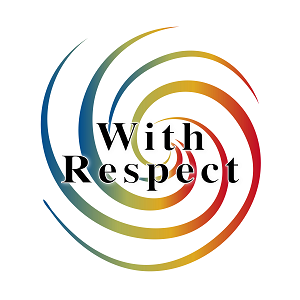Think about your own educational experience. What are the things that jump out at you? What grabbed you? Encouraged you to work harder, do more, be more? It’s unlikely there was some life changing content. It was probably about a person and a relationship.
It’s true for adult learners as well. They need to connect with us in order to be willing to take the risks involved in learning and trying new things.
Here are some quick tools that you can begin to use in your classroom. Hopefully, the list sparks your imagination and you come up with even more!

